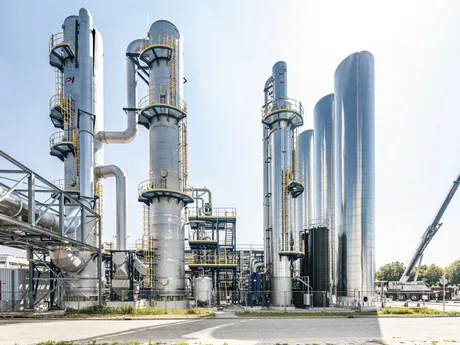After more than a year of construction, Dutch waste-to-energy company AVR has started capturing and delivering the first tons of CO2 to greenhouse horticulture. The greenhouse gas is an important raw material for making the greenhouse horticulture sector more sustainable, which can partly replace the supply of natural gas. AVR is the first waste-to-energy company in Europe that is able to capture and deliver CO2 on a large scale.
Wat een project! 🤩 De CO₂-afvanginstallatie was al in gebruik sinds augustus, maar is nu ook officieel geopend! 🥳 #CO2 #toogoodtowaste #CO2afvanginstallatie pic.twitter.com/gHaty3pvui
— AVR energy (@AVRenergy) October 1, 2019
AVR announced the construction of the CO2 installation at the site in Duiven, the Netherlands in May 2018. A little over a year later, the installation is ready, in part thanks to the technical and architectural expertise of TPI. The first 7,500 tons of CO2 were captured and delivered via Air Liquide to various customers in the greenhouse industry. The capture installation has a total capacity of 100,000 tons per year.
Yves Luca, CEO of AVR: “We aim for CO2-neutral waste processing. Through this long-term investment and cooperation, we show that CO2 reduction is certainly possible and we are the first waste-to-energy company to convert the plans from the Climate Agreement into concrete results."
AVR's contribution might become even greater. AVR strives to capture, reuse and apply 800,000 tons of CO2 per year. To this end, plans are being made to build a similar installation in Rotterdam. With the right preconditions, the Dutch waste sector can capture more than 2 million tons of CO2 in the foreseeable future.
Source: AVR
